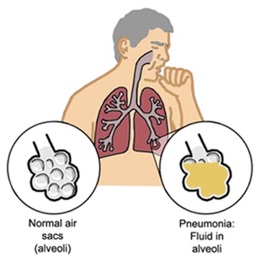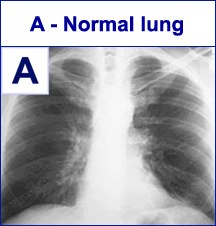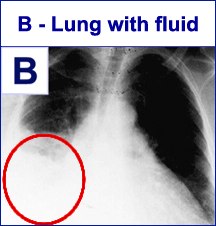Sampling
MD Innovate, Inc.


PNEUMONIA
Pneumonia is an infection of the lungs that kills more children than any other disease. Unfortunately, the pathogen (bacteria, virus, or fungus) causing the pneumonia cannot be identified in most patients. Ineffective treatment with overuse of broad-spectrum antibiotics leads to antibiotic resistance. A new sampling method is needed to collect an uncontaminated lung sample in order to identify the pathogen causing the pneumonia. If the pathogen can be identified, a more targeted treatment can then be used to effectively treat the infection.

PNEUMONIA FACTS
United States
• Pneumonia affects 5.6 million people
every year.
• There are 1.2 million hospitalizations for
pneumonia every year.
• Pneumonia kills 55,000 people every
year.
Global
• Pneumonia is the leading cause of death
in children worldwide.
• Pneumonia kills over 4 million people
worldwide, half of these deaths are
children under the age of 5.


Uncontaminated lung sampling is important in several other areas, including (but not limited to):
• Tuberculosis
• Cystic fibrosis
• Asthma
• Lung cancer
• Surveillance monitoring

“Despite the availability and widespread adherence to recommended treatment guidelines, CAP continues to present a significant burden in adults.”
“Despite the availability of effective antimicrobials and vaccines, CAP continues to be associated with substantial economic burden resulting from a high rate of healthcare resource utilization including more than 1 million hospitalizations annually. The cost of treating CAP is estimated to be $12.2 billion, with inpatient care the predominant cost driver, accounting for 92% of total costs of care.”
The problem with lung infections is not one of treatment. The problem is the inability to collect an uncontaminated lung specimen non-invasively. Current guidelines do not require the confirmation of a bacterial pathogen before beginning antibiotic treatment, in primary care, outpatient, or inpatient settings. This means that patients get treated for bacterial infections without necessarily having a bacterial infection, increasing the risk of antibiotic resistance.
Uncontaminated, non-invasive lung sampling is imperative in identifying pathogens causing lower respiratory infections, like community-acquired pneumonia (CAP).

MD Innovate, Inc. | 404.585.8109 | info@MDinnov8.com | 201 W Ponce de Leon Ave | Suite 317 | Decatur, Georgia 30030
